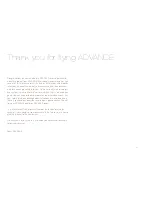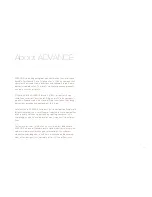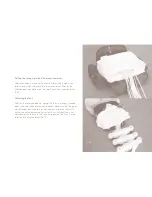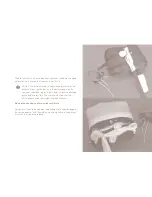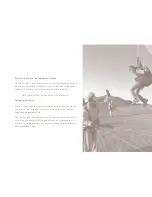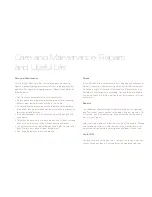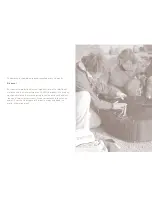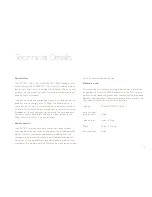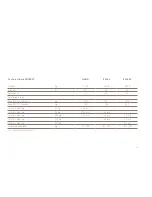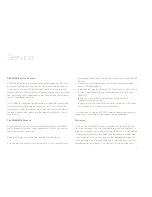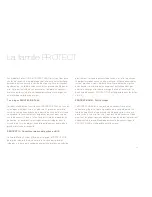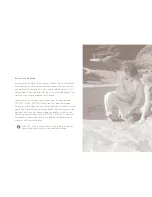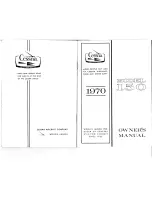
46
Weight Range
The weight ranges of the different sized parachutes are given in the
chapter <Technical data>. The weights shown there apply to the total
in-flight weight. This means the pilot’s own weight, plus clothes as
well as the weight of everything else (glider, harness, reserve para-
chute, instruments etc.). Operation at the upper and lower limits will
affect the parachute rate of descent.
Deploying
In an emergency pull the parachute out with a strong pull on the re-
lease handle. In one swing throw the container, and the handle, away
into free airspace. The lines will pay out and the container will open.
The canopy will stream out and fill.
We recommend that you frequently make a mental rehearsal of this
procedure as it applies to your own harness and reserve parachute
system. The ideal direction of pull on the handle plays a significant
part. To be sure of a safe and fast response to an emergency you
should try to practise at a flying school – dry runs inside, or real re-
serve throwing over water. The more confidence you have in the pro-
cedure the less stressful will be an emergency – if it does happen.
Caution: Remember to let go of the handle – throw the whole
pack away.
Tip: The ADVANCE Team recommend that you lightly take
hold of the reserve handle during every flight, to remind your
self where to find it.
The Descent
After the parachute opens try to keep an upright attitude in your har-
ness. This is very important so that your legs can absorb a bumpy
landing. Pull the B or C risers of the paraglider down firmly to stop it
flying, so that the reserve parachute can fly vertically above you.
Landing
Under your reserve parachute you will come down to the ground at a
vertical speed of between 4.6 and 6.1 metres per second. A sink rate
of 5,5 m/s is equivalent to a jump from 1,54 m high. For landing keep
your legs and feet together, knees relaxed. Keep your arms by your
sides, and look forward; not at the ground. Try to roll sideways on
touchdown.
Using the Parachute
Summary of Contents for Protect II RIS
Page 1: ...1 Betriebshandbuch User manual Manuel d utilisation PROTECT II RIS NANO...
Page 2: ...Edition 04 2008...
Page 3: ...3 Deutsch Seite 5 29 English Page 31 53 Fran ais Page 55 79...
Page 4: ...4...
Page 30: ...30...
Page 54: ...54...
Page 82: ...82...
Page 91: ...ADVANCE Thun AG Seestrasse 14 CH 3602 Thun...
Page 93: ......

